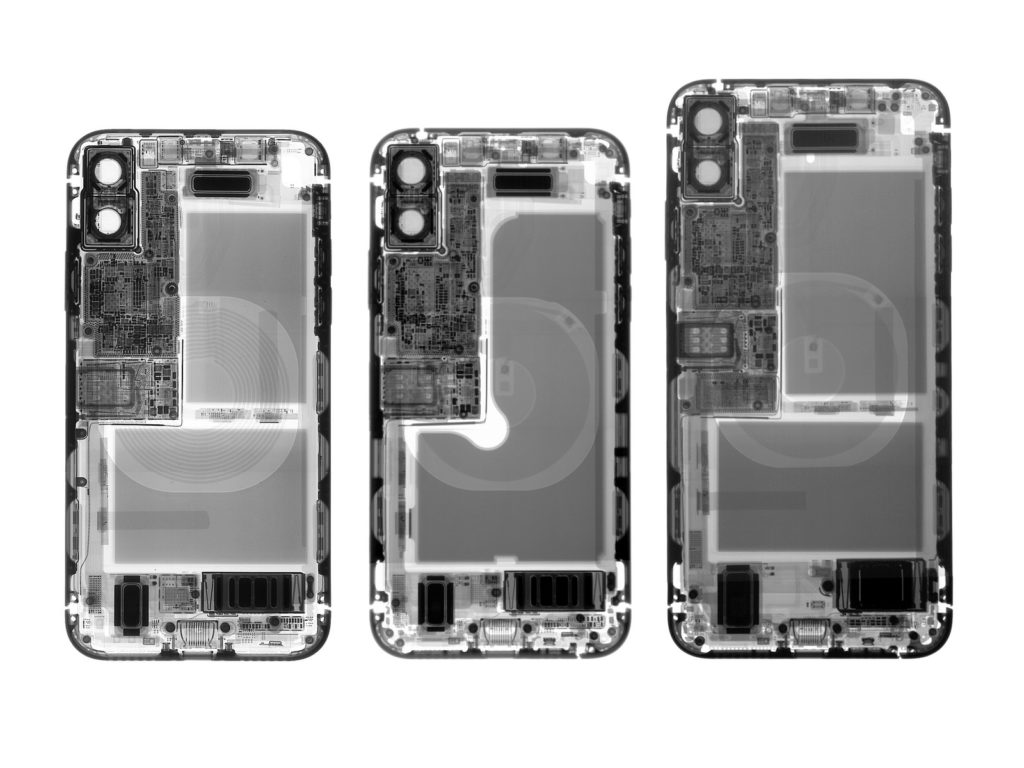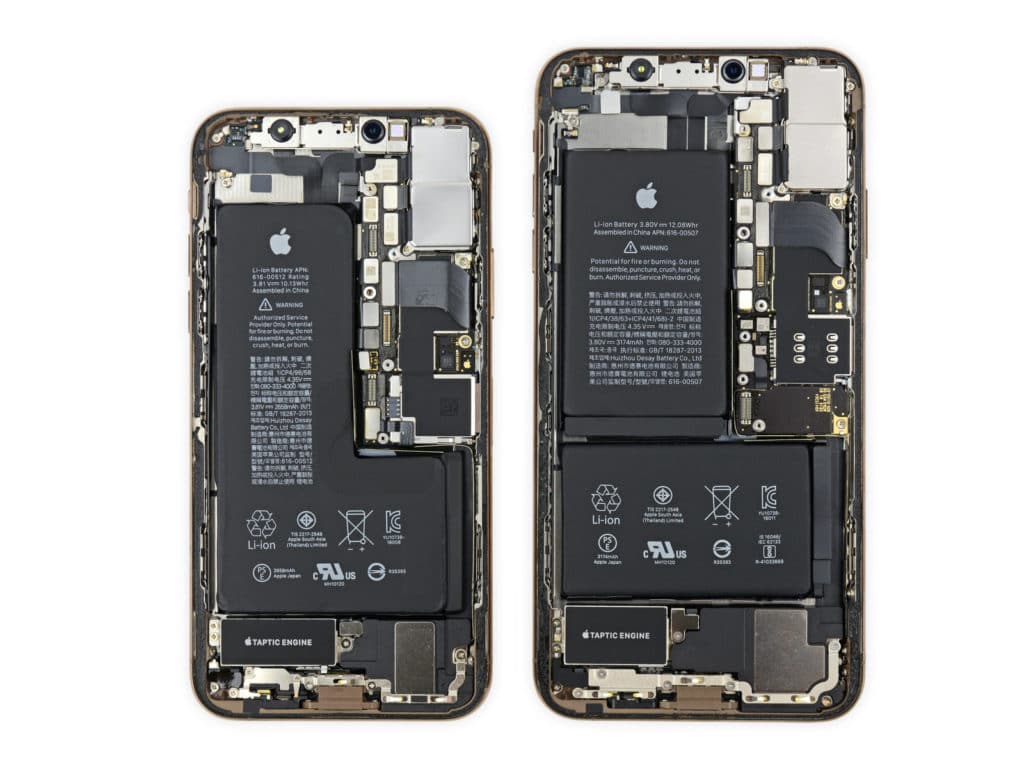
iFixit might not be the first this time around to publish an iPhone XS and iPhone XS Max teardown but the company’s teardown of Apple’s latest iPhones are the most in-depth one and reveal a quite a few interesting tidbits about them.
The iFixit team tore down the iPhone XS and iPhone XS Max which gives us a clear look at the adjustments Apple had to make on the bigger iPhone. Firstly, Apple uses a bigger Taptic Engine on the iPhone XS Max when compared to the iPhone XS. This makes sense since a bigger device requires a stronger motor to achieve the same effect as the smaller iPhone XS. Secondly, the bigger iPhone comes with an extended logic board compared to the iPhone XS, with the display connector moved to the bottom.

Contrary to what the first iPhone XS teardown claimed, the iFixit team did not find Apple using stronger water-resistant seals on the iPhone XS and iPhone XS Max to help it achieve its improved IP68 certification.
The teardown confirms that while the iPhone XS does indeed come with a single L-shaped cell, the iPhone XS Max continues to feature two cells. The new design will put undue stress on the batteries but Apple seems to have worked around it by notching their internal corners. This opens up a lot of design possibilities, though for now, iFixit says the large notch is responsible for the slight decrease in battery capacity on the iPhone XS when compared to iPhone X (2,716mAh vs 2,675mAh). Despite this reduced battery capacity though, Apple claims the iPhone XS lasts 30 minutes longer than the iPhone X.
The new design approach for non-rectangular batteries removes material from the electrode layers before they are stacked. before they can be stacked. Apple has been filing patents in this direction since 2011. The challenge with any lithium-polymer battery cell is that each corner needs to be sealed to prevent undue stress from thermal expansion—and since the battery of the XS has 6 sides vs. the traditional 4, those extra corners can be tricky. To reduce the stress on the corners, Apple notched the internal corner of the battery (as described in this 2016 patent). This dramatic shift opens up a lot of design possibilities, but the large notch is responsible for the decrease in capacity relative to the X. Only time will tell how this new cell performs with age.

iPhone XS Max Battery on left, iPhone XS on right
Overall, the iFixit team gave the iPhone XS and iPhone XS Max a repairability score of 6 out of 10. It notes that the display and design repairs are a priority in the iPhone’s design, with a broken display repair replacement possible without removing the Face ID hardware. However, the use of Apple-exclusive screws and the glass design means the iPhone XS and XS Max are bound going to be a tough nut to repair in-house.
[Via iFixit]